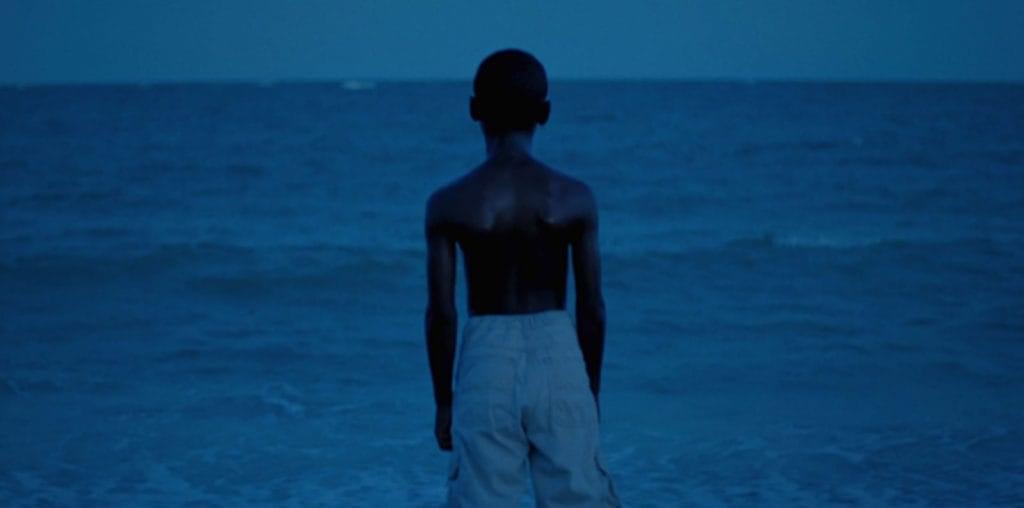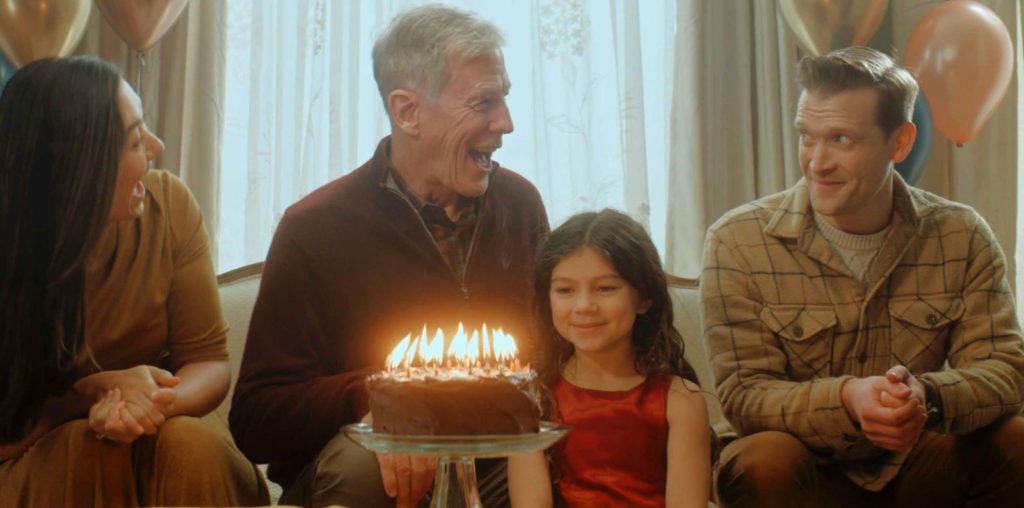
During the course of the past year, a restored 70mm version of Jacques Tati’s 1967 “Playtime” has made its leisurely way to several cities around the world. The somewhat spotty re-release can be credited to a pair of problems: the limited number of venues which can project 70mm and the fact there is only print of this restored version in circulation.
In the event the 70mm version of “Playtime” arrives at a theater near you (it was most recently in New York over the New Year’s holiday break), by all means rush to see it. Viewing the film on the very big 70mm screen makes a world of difference in this unusual and remarkable production. This is one movie which does not belong on the TV screen.
“Playtime” is, on the surface, a plotless movie. Yet it is so richly conceived and choreographed that its lack of a plot is compensated by a wealth of memorable incidents, sight gags, gestures and satiric notions which fill all possible sections of the screen. The film flopped in its day, and thanks to the comfort of hindsight it is easy to see why: “Playtime” is a devastating commentary on the worst of the 1960s rolled into the guise of slapstick. The film takes wide swipes at various cultures (especially Americans), but ultimately it is a slam against the French for losing the basic qualities that made their culture so special. In its day, “Playtime” was too close to the truth to be embraced. Today, it can be hailed for its daring and audacity.
“Playtime” is a film in four parts. The first takes place in a Paris airport, where the vast number of people in transit is staggering. Each extra in the sequence is given a distinct personality, either in costume or gait or attitude. The sequence is also an aural masterwork of footsteps (a Tati specialty), voices (quotidian conversations and multilingual loudspeaker announcements) and motion (the wheels of luggage carts, the drone of traffic waiting beyond the airport doors).
The second part brings Tati’s beloved Monsieur Hulot into play. This time around, the glorious bumbler is trying to keep an appointment in an office, but he keeps getting lost amid the labyrinth of cubicles and the flow of human traffic. Somehow he winds up far from his appointment in a furniture trade show, where he crosses paths with a brigade of American tourists who seem to be escorted everywhere but to the Parisian landmarks (which are only glimpsed in the reflections of glass doors).
The third part is the opening night at a swank nightclub, and everything that can go wrong happens in spades. The architect’s designs work against the smooth flow of operations, waiters repeatedly bungle their job (one is too busy smoothing his hair and admiring himself in the mirror to attend to his duties), drunks bring down the level of elegance being sought, and Monsieur Hulot adds to the mayhem by demolishing a glass door and bringing down part of the ceiling. A nice friendship emerges between Monsieur Hulot and a shy American lady who presents an unexpected gift of piano virtuosity which fills the club with classy music when the house band abruptly departs.
The final part comes in the morning after when the American lady needs to join her tour group to go home. During her bus ride out of Paris, the city awakens into a traffic-clogged merry-go-round of tradesmen, workmen, businessmen and shoppers.
“Playtime” is not, by any means, a perfect film. It is overlong and the final part of the movie is unsatisfactory (it feels as if Tati had no clue how to end the movie, and indeed it drags on without a proper boffo send-off). There is also a repetition of several key gags, including the occasional appearance of several Hulot lookalikes, and the effectiveness of the humor is blunted with each new variation on the same joke.
But “Playtime” is a sublime experiment in set design. Tati financed the construction of a mini-city (the so-called “Tativille”) to meet his concept of a modern Paris whose soul is lost beneath the sterile facade of modern architecture. Tati brilliantly uses the banality of the modern architecture and the steely efficiency of the interior decor within to play against his concept of a chaotic world bubbling within an environment of too-perfect design. “Playtime” is set in a modern Paris, but its problems are wonderfully old-fashioned: mistaken identities, missed connections, overreaction to trivial concerns, and pretentious behavior which inevitably gets deflated.
Curiously, “Playtime” is rich with dialogue but lacking conversation. The people in this film rarely engage in conversation. Instead, there are slices of sentences which serve as commentary or observations: people talk at each other, not with each other (a sardonic notion for anyone who catches it). Tati’s rich ear captures the particular flaws of each national palaver: the coarseness of the Americans, the snobbery of the British, the bellicosity in the Germans and the effete disdain of the French. Political satirist Art Buchwald wrote the English dialogue for “Playtime” and much of it brutally plays upon the image of Americans (both as tourists and businessmen) as being ill-informed and crude. One can easily see why 1967 audiences could not connect with “Playtime”: Tati was holding up a 70mm mirror to his American viewers and they were not prepared for what they saw.
Time has been generous to “Playtime” and several critics hail the film as a masterpiece. I am not ready to join that bandwagon, but I can enthusiastically state “Playtime” in 70mm is a must-see experience.

